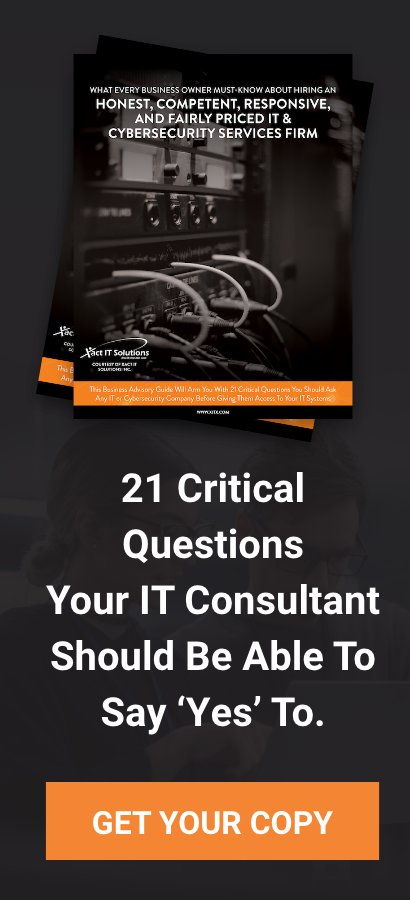
Human error and malicious insider threat behavior are involved in the majority of breaches. In light of this, it would be wise of you to have a plan to combat this increasingly rampant threat.
Tackling insider threats should be the top priority of your cybersecurity strategy and it is imperative that you find ways to curtail the damage caused by a data breach due to these threats. Once you’ve undertaken consistent and comprehensive measures to take care of this problem, your business will be significantly safer.
This blog will help you understand how to save your business-critical data from insider threats.
Keep an eye out for insider threats
Insider threats are risks that your business faces from the inside – either in the form of malicious insiders or insiders who unwittingly end up jeopardizing the security of your business.
Some of the various types of threats you must be wary of include:
- Negligent insiders: A loyal and hard-working employee with the best of intentions might unintentionally make a mistake when moving too fast.
- Malicious insiders: Someone who uses their access privilege to steal and use sensitive information for personal gain.
- Untrustworthy third parties: An irresponsible third party, such as a business partner or a contractor, can compromise an organization’s security through malicious or negligent access, assets or information.
- Disgruntled insiders: They disrupt operations or destroy property and data to harm their organization.
In the following sections, we will focus on disgruntled insiders to help you understand what motivates them to carry out attacks and the potential damage these attacks could do to your business.
How to identify a disgruntled insider
While it is crucial to identify signs of a disgruntled insider, it is equally important to realize that in most cases, your employees are not deliberately trying to harm you. You should always approach your employees with trust and respect, unless they give you a reason not to or you find yourself in a situation where you have to let someone go.
A disgruntled insider often displays one or more types of high-risk behavior that you must keep an eye on. Some of them include:
- Expressing dissatisfaction over a poor performance review: It is critical to be aware that sometimes an employee who is disappointed with their performance review may become an insider threat. While not every unhappy employee turns into a threat, it is something that can happen, so it is necessary to be aware of the possibility.
- Feeling unequal among co-workers or feeling ignored: There is a risk that an employee who feels unequal or overlooked by their peers could become an insider threat, though not always.
- Feeling dissatisfied with the job: If an employee feels stuck at their job, they may at times engage in activities that could harm the company.
- Leaving the company abruptly: While this may not be classified as a type of behavior, an employee leaving the company may cause damage while on their way out for various reasons. It is important to remember that until an employee's access privileges are revoked, they remain an "insider."
Tracking and managing such behavioral patterns may seem daunting, but the longer you sit on it, the greater the chances are of a disgruntled insider causing your business harm.
What problems do disgruntled insiders cause?
A disgruntled insider might do any or all of these activities:
- Exfiltrating business data before leaving the company to work for a competitor
- Deleting critical data or incriminating evidence
- Leaking or exposing private/personal customer data or business IPs to the public or on the dark web
- Enabling or causing damage to physical or digital equipment, systems or applications, or deleting/destroying data and information assets
Here are a few examples of how security breaches caused by disgruntled insiders impacted their respective companies:
- Several lawyers from a major law firm stole sensitive files and deleted emails. They did it for personal gain and with a specific goal — to assist a competing law firm in opening a new office in the same area. The victim law firm lost a large chunk of its correspondence, pleadings, confidential records and client database due to these malicious actions. As a result, they were forced to close the affected office.
- The day after quitting his job, a hospital ex-employee downloaded private data to his USB drive from his former employer. He then leaked test results, patient names and dates of birth to the public. As a result of the incident, the hospital was forced to provide additional services, such as free credit monitoring and identity restoration, to all affected patients.
Tighter security + robust backup and recovery = The protection you need
There has never been a better time to fortify your IT security and devise a contingency plan for insider threats. While implementing robust security measures such as stricter access management and ongoing risk management would be a great start, protecting your business with an enterprise-class backup and disaster recovery solution will boost your defenses immensely. It will ensure your business-critical data is backed up regularly, protected from malware or insider threats, and quickly recoverable in the event of a breach.
Want to protect your business from disgruntled insider threats without feeling paranoid and having to watch your employees' every move? An experienced cybersecurity expert can help you not only ward off insider threats, but also secure your business-critical data with a backup and disaster recovery apparatus. We’d love to help you safeguard your business. Feel free to send us a quick email and we’ll set up a no-obligation consultation today.




You must be logged in to post a comment.